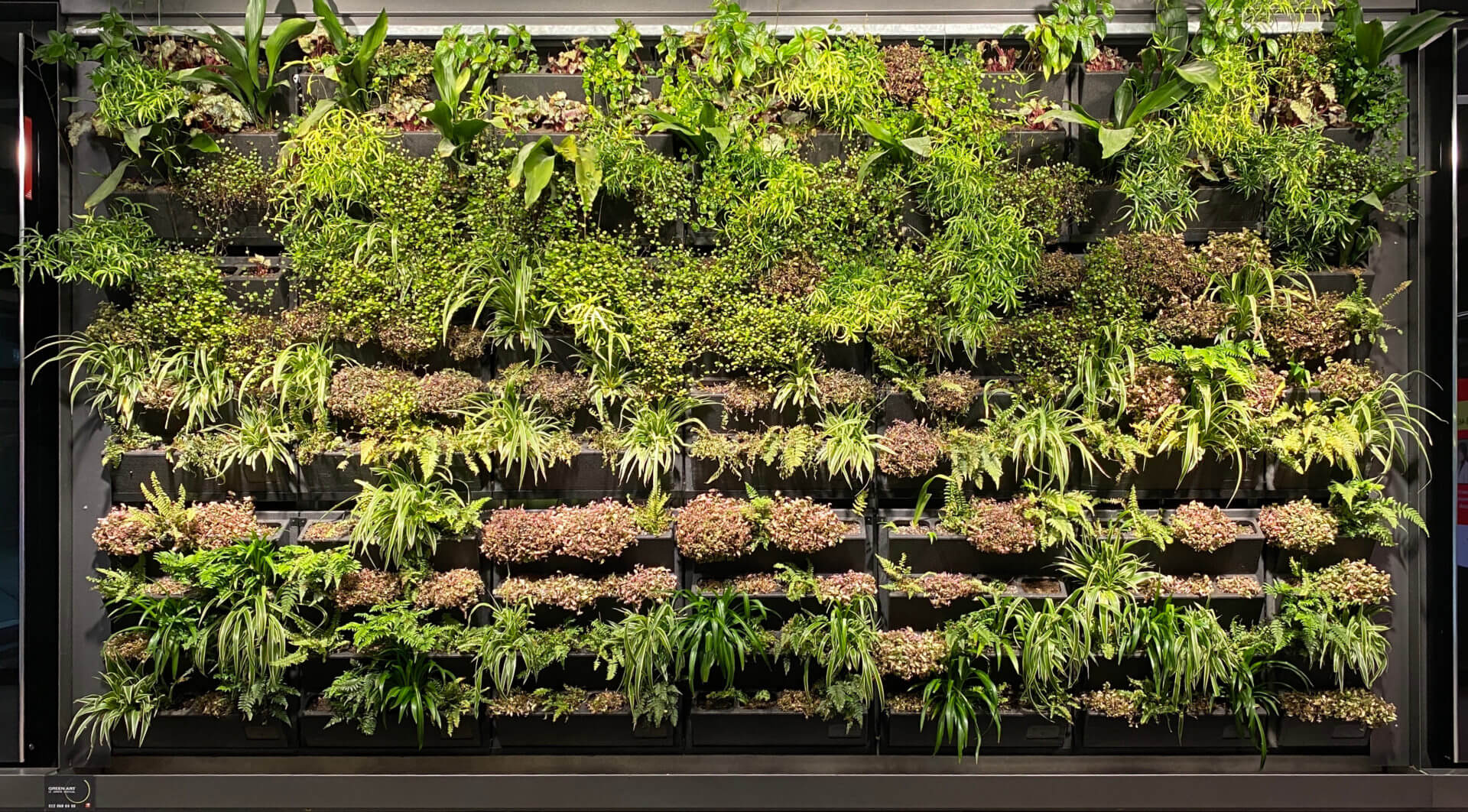Short term:
Faucets and Shower Heads
- Sink and shower controllers that automatically shut off after a certain time duration and low-flow faucets and shower heads can help conserve energy used to heat hot water.
Plants
- Add more greenery to the classrooms such as potted plants or plant walls to make the air inside the classroom cleaner.
Long term:
Windows
Windows are not necessarily something you would think of when trying to reduce your carbon impact, but if you install an energy efficient window it can really make a difference. The most sustainable option is a triple pane window. A typical triple pane window will reflect 97% of energy and only allow 3% to pass through, vastly improving your insulation. This is the optimal choice for energy efficiency as it allows for your heating and cooling systems to work less.
- U-factor
- U-Factor measures the rate of heat transfer and tells you how well the window insulates. The lower the U-factor on a window the better the insulator is. U-factor values generally range from 0.25 to 1.25 and are measured in Btu/h·ft²·°F. Typically, a good U-factor might range from 0.25-0.4.
- R-value
- The R-value is the measure of thermal resistance. In other words it measures the insulation capabilities of a window, but it should not be confused with the U-factor as the two are not necessarily interchangeable. The higher the R-value the better the insulation. Ideally the R-value should be between R-6 and R-2.5.
- Solar Heat Gain Coefficient (SHGC)
- The SHGC tells you how well the product blocks heat caused by sunlight. The lower the SHGC the less heat can pass through. SHGC is measured on a scale of 0 to 1 ; values typically range from 0.25 to 0.80.
Cool Roofing
According to the Department of Energy, a cool roof is a roof that’s designed to “reflect more sunlight and absorb less heat than a standard roof. Cool roofs can be made of a highly reflective type of paint, a sheet covering, or highly reflective tiles or shingles.”
- According to the Department of Energy, cool roofing reduces local air temperatures, lowers peak electricity demand (which can help prevent power outages), and reduces power plant emissions by reducing cooling energy use in buildings.
- According to the EPA, A reflective roof can reduce peak cooling demand and cooling energy use by 15 to 20 percent.
- Because cool roofing makes air temperatures cooler, less energy is needed for space heating and cooling which saves money on electric bills.
For more on the types of cool roofs and their benefits, visit this website.
